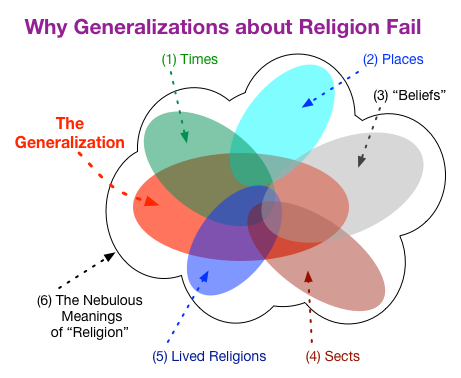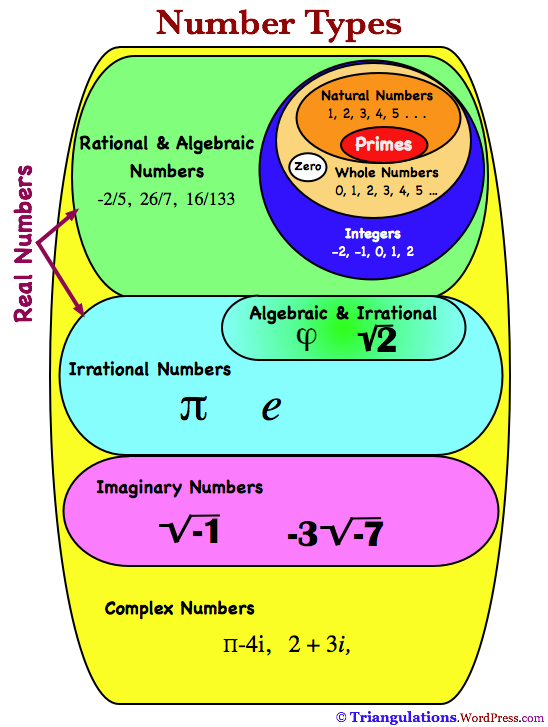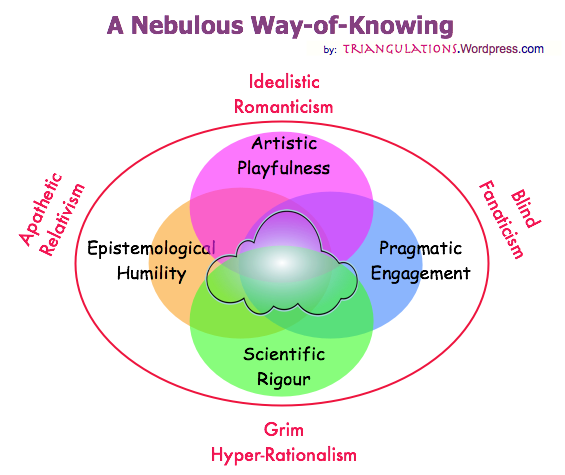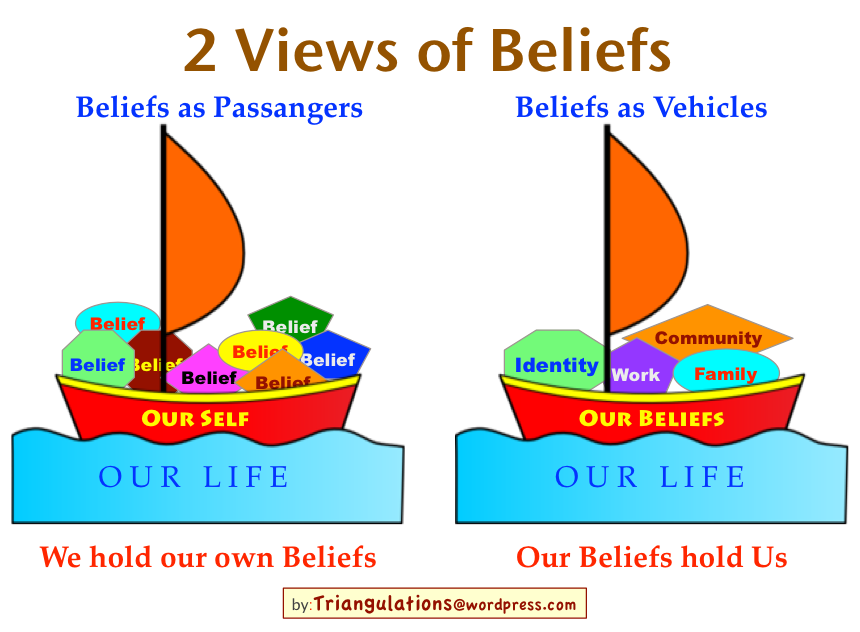A blender can be a useful analogy for how our mind works. Imagine a blender 1/2 full of a slurry and chunks of unblendable colored pieces (like tough pieces of fruit). When the blender is on (when we are awake) consciousness is the stuff at the top of the blender. This superficial stuff (mainly driven by the sense organs) is the stuff we are aware of — the stuff we are conscious of. However, the churning stuff below is almost like dreams that are happening even when we are awake but which we are not aware of. In other words, though we think that we only dream while we sleep, we actually dream all the time.
Here are some examples of the usefulness of this model:
- Daydreaming: Daydreaming is when our mind pulls away from sense perceptions (the surface stuff) and looks at the stuff below. Daydreaming is when your awareness drifts away from the world around you, to other parts of your constantly churning mind.
- Suddenly remembering: “I don’t know why, but I just remembered that I have to go and buy some avocados for this weekend’s party.” Or, “I don’t know why, but I just remembered three years ago when my former girlfriend told me that she wanted to break up.” Both of these memories are just hunks of fruit that churned up from the stuff constantly moving below the surface and came close enough to the surface for the person to be aware of them — to “remember” them.
- Mood changes: Let me over simplify for convenience sake: “all thoughts are attached to feelings”. We don’t have pure thought which are unattached to emotions. Instead, it is best to think about having things called “thought-feelings”, not “thoughts”. The brain is a feeling thing.
So with that in mind, imagine plowing through your normal day, with your attention only on the superficial movements of your senses, when a chunk of feeling-thought comes from below and close to the surface. It does not come close enough that you “remember” it, but it comes close enough that the feeling attached to that chunk can color our surface and change your mood unexpectedly. The result may be something like this: “I don’t know why, but suddenly I am sad.” Or, “I don’t know why, but suddenly I am feeling a bit insecure.” The reason we say “I don’t know why” is because we don’t understand how our own mind works.
Knowing how the mind works does not help us see through its illusion. Knowing is even not enough, because just like optical illusions, the illusion of self and mind are so strong that we can’t unsee the illusion, we can only understand it.
Related Posts:
- The Will to Say “No”: addressing the spastic chunks that churn up
- Many Selves: Our minds trick us to think we are ONE self, but that is wrong. Buddhists and mystics of all sorts, seeing through this illusion may claim therefore that their is “No Self”, but I think this phrasing is not as useful as instead, realizing that we are many selves.
- Photos reveal the Illusion of Self: The last half of this post illustrates the power of illusions.



































